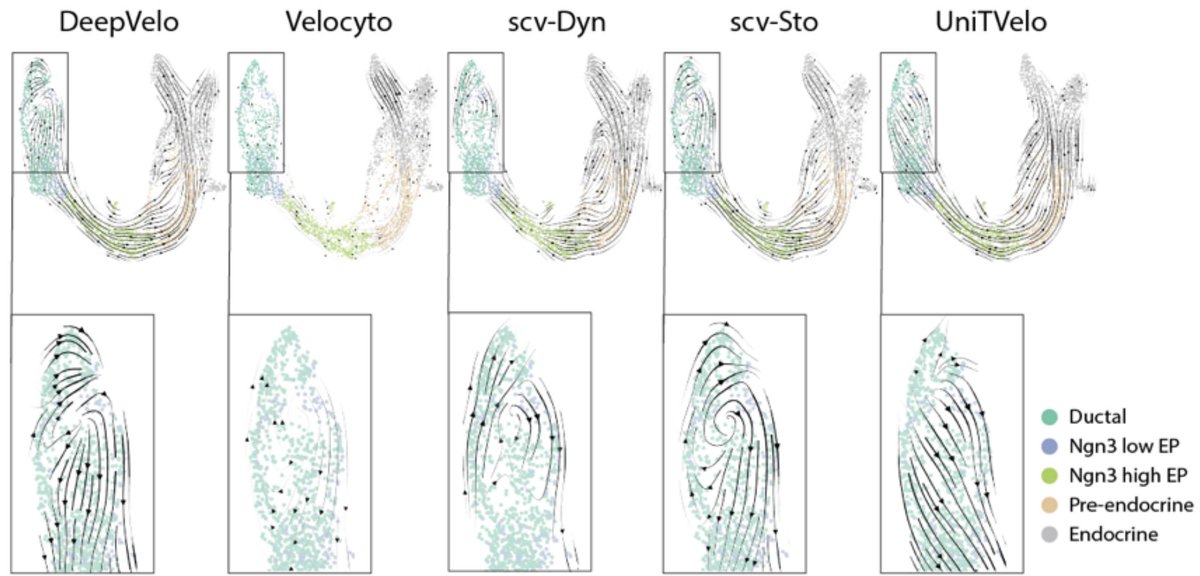I was excited to read this new preprint on #covid19 testing using NGS until I read the data and code availability section: "NGS data, as well as sample sheets and results are available under request."
This is unacceptable.
This is unacceptable.
https://twitter.com/medrxivpreprint/status/1293256248188702726?s=20
Consider these two recent #SwabSeq preprints: medrxiv.org/content/10.110…
medrxiv.org/content/10.110…
Both were published with data as well as open source code and protocols making everything fully reproducible and usable.
medrxiv.org/content/10.110…
Both were published with data as well as open source code and protocols making everything fully reproducible and usable.
Yet many groups continue to insist that it's ok to keep data and code locked away (and come up with all sorts of BS reasons to justify their stonewalling).
https://twitter.com/lpachter/status/1262490912308920321?s=20
I get it. People want to make money from #covid19 testing. But right now this BS is slowing down the roll out of low-cost, scalable, technologies. There are many reasons why testing is broken in the US and this is not the only reason but it is a reason.
liorpachter.wordpress.com/2020/07/31/how…
liorpachter.wordpress.com/2020/07/31/how…
• • •
Missing some Tweet in this thread? You can try to
force a refresh
















